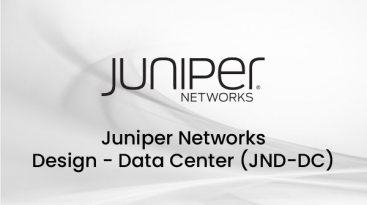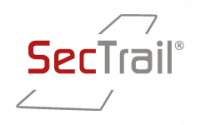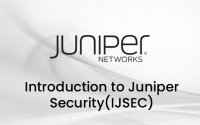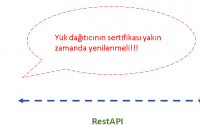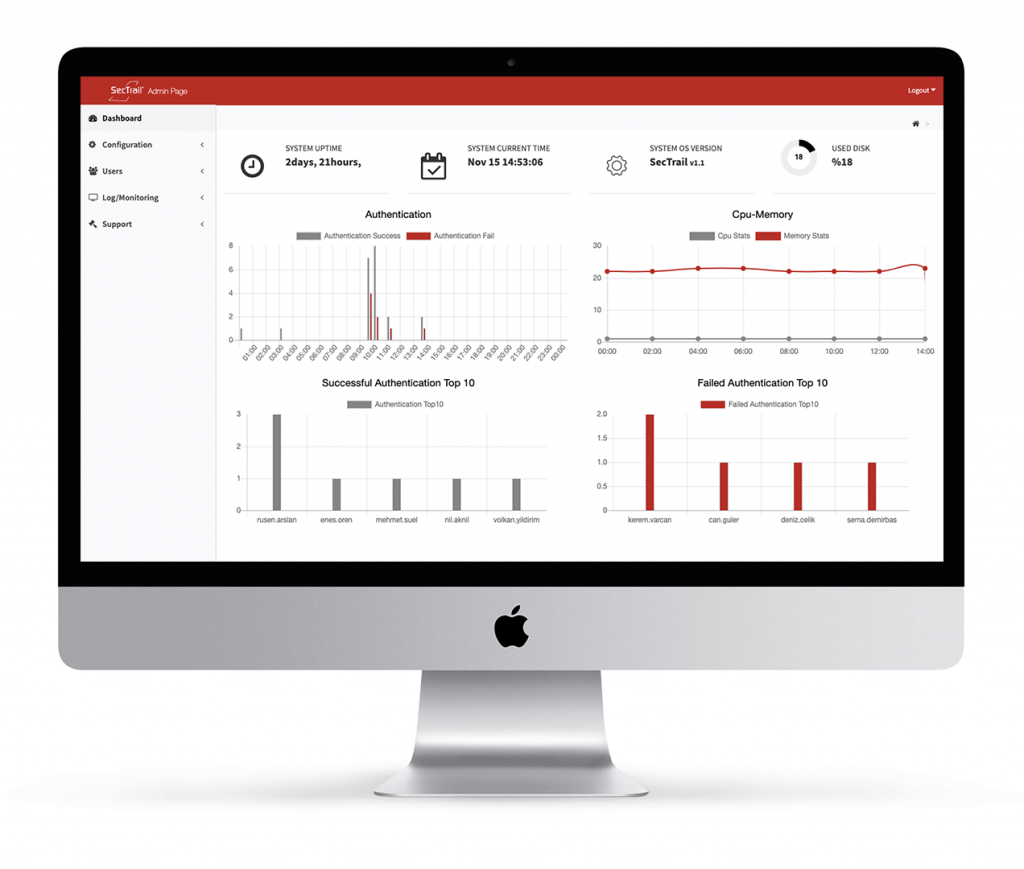Genel Bakış
This course is designed to cover best practices, theory, and design principles for data center design including data center architectures, data center interconnects, security considerations, virtualization, and data center operations.
Eğitim Süresi 5 gündür.
Eğitim takvimi sayfamızda güncel eğitim tarihlerimizi bulabilirsiniz.
Eğitim Ön Koşulları
- Knowledge of routing and switching architectures and protocols.
- Knowledge of Juniper Networks products and solutions.
- Understanding of infrastructure security principles.
- Basic knowledge of hypervisors and load balancers.
- Completion of the Juniper Networks Design Fundamentals (JNDF) course.
Eğitim İçeriği
Course Introduction
Overview of Data Center Design
- Initial Considerations
- Architectures and Design Considerations
- Connecting Data Centers
- Security and Operation
- Implementation Considerations
Initial Design Considerations
- Physical Layout and Placement
- Environmental Conditions
- Cabling Options
- Data Center Use Cases
Traditional Data Center Architecture
- Traditional Multitier Architecture
- Link Aggregation and Redundant Trunk Groups
- Multichassis Link Aggregation
Designing a Multitier Architecture
- Virtual Chassis
- Virtual Chassis Fabric
- Junos Fusion
- Ethernet Fabric Design Consideration
IP Fabric Architecture
- The Shift To IP Fabrics
- IP Fabric Routing Design
- IP Fabric Scaling
- Overlay Network
Data Center Interconnect
- DCI Overview
- Layer 2 DCI
- EVPN Use Cases
- Layer 3 DCI
Securing the Data Center
- Overview of Data Center Security
- Network Security Elements
- Network Security in the Data Center
- Network Security Functions in the Data Center
SDN and Virtualization in the Data Center
- SDN Overview
- Using Contrail in the Data Center
- Using NFV in the Data Center
- Understanding Contrail in the Data Center
- Virtual Environments in the Data Center
- Collecting Analytics with AppFormix
Data Center Operation
- Understanding Baseline Behaviors
- Junos Space and JSA
- Understanding Logging and Analytics
- Deploying Automation in the Data Center
Traffic Prioritization for Converged Networks
- Understanding QoS and CoS
- Converging Networks
Migration Strategies
- Migration Overview
- Common Scenarios
- Migration Case Study
High Availability
- Data Center High Availability Overview
- Link Level and Physical Device Redundancy
- Device-Level Redundancy
Eğitim Hedefleri
- Describe high-level concepts about different data center architectures.
- Identify features used to interconnect data centers.
- Describe key high-level considerations about securing and monitoring a data center deployment.
- Outline key high-level concepts when implementing different data center approaches.
- Describe data center cooling designs and considerations.
- Explain device placement and cabling requirements.
- Outline different data center use cases with basic architectures.
- Describe a traditional multitier data center architecture.
- Explain link aggregation and redundant trunk groups.
- Explain multichassis link aggregation.
- Summarize and discuss key concepts and components of a Virtual Chassis.
- Summarize and discuss key concepts and components of a VCF.
- Summarize and discuss key concepts and components of Junos Fusion.
- Describe the reasons for the shift to IP fabrics.
- Describe the design considerations for routing in an IP Fabric.
- Describe how to scale an IP fabric.
- Describe the design considerations for an Overlay network.
- Define the term Data Center Interconnect.
- List differences between the different Layer 2 and Layer 3 DCIs.
- Summarize and discuss the benefits and use cases for EVPN.
- Discuss the security requirements and design principles of the data center.
- Identify the security elements of the data center.
- Describe network security implementation options in the data center.
- Discuss network security functionality in the data center.
- Explain the purpose of SDN.
- Explain the function of Contrail.
- Describe the purpose of NFV.
- Discuss the purpose and function of vSRX and vMX.
- Explain how to collect analytics in the SDN data center.
- Discuss the importance of understanding the baseline behaviors in our data center.
- Describe the Junos Space Network Management Platform and its deployment options.
- Describe the importance of analytics.
- Discuss automation in the data center.
- Discuss the benefits of QoS and CoS.
- Describe the benefits of a converged network.
- Identify general aspects of data center migration.
- Describe some best practices for migration planning.
- Outline some common migration scenarios.
- Describe high availability design considerations in the data center.
- Provide an overview of high availability offerings and solutions in the data center.
Eğitime Kimler Katılmalı?
This course is targeted specifically for those who have a solid understanding of operation and configuration and are looking to enhance their skill sets by learning the principles of design for the data center.
- Genel Bakış
- Ön Koşullar
- İçerik
- Hedef
- Kimler Katılmalı?
Genel Bakış
This course is designed to cover best practices, theory, and design principles for data center design including data center architectures, data center interconnects, security considerations, virtualization, and data center operations.
Eğitim Süresi 5 gündür.
Eğitim takvimi sayfamızda güncel eğitim tarihlerimizi bulabilirsiniz.
Eğitim Ön Koşulları
- Knowledge of routing and switching architectures and protocols.
- Knowledge of Juniper Networks products and solutions.
- Understanding of infrastructure security principles.
- Basic knowledge of hypervisors and load balancers.
- Completion of the Juniper Networks Design Fundamentals (JNDF) course.
Eğitim İçeriği
Course Introduction
Overview of Data Center Design
- Initial Considerations
- Architectures and Design Considerations
- Connecting Data Centers
- Security and Operation
- Implementation Considerations
Initial Design Considerations
- Physical Layout and Placement
- Environmental Conditions
- Cabling Options
- Data Center Use Cases
Traditional Data Center Architecture
- Traditional Multitier Architecture
- Link Aggregation and Redundant Trunk Groups
- Multichassis Link Aggregation
Designing a Multitier Architecture
- Virtual Chassis
- Virtual Chassis Fabric
- Junos Fusion
- Ethernet Fabric Design Consideration
IP Fabric Architecture
- The Shift To IP Fabrics
- IP Fabric Routing Design
- IP Fabric Scaling
- Overlay Network
Data Center Interconnect
- DCI Overview
- Layer 2 DCI
- EVPN Use Cases
- Layer 3 DCI
Securing the Data Center
- Overview of Data Center Security
- Network Security Elements
- Network Security in the Data Center
- Network Security Functions in the Data Center
SDN and Virtualization in the Data Center
- SDN Overview
- Using Contrail in the Data Center
- Using NFV in the Data Center
- Understanding Contrail in the Data Center
- Virtual Environments in the Data Center
- Collecting Analytics with AppFormix
Data Center Operation
- Understanding Baseline Behaviors
- Junos Space and JSA
- Understanding Logging and Analytics
- Deploying Automation in the Data Center
Traffic Prioritization for Converged Networks
- Understanding QoS and CoS
- Converging Networks
Migration Strategies
- Migration Overview
- Common Scenarios
- Migration Case Study
High Availability
- Data Center High Availability Overview
- Link Level and Physical Device Redundancy
- Device-Level Redundancy
Eğitim Hedefleri
- Describe high-level concepts about different data center architectures.
- Identify features used to interconnect data centers.
- Describe key high-level considerations about securing and monitoring a data center deployment.
- Outline key high-level concepts when implementing different data center approaches.
- Describe data center cooling designs and considerations.
- Explain device placement and cabling requirements.
- Outline different data center use cases with basic architectures.
- Describe a traditional multitier data center architecture.
- Explain link aggregation and redundant trunk groups.
- Explain multichassis link aggregation.
- Summarize and discuss key concepts and components of a Virtual Chassis.
- Summarize and discuss key concepts and components of a VCF.
- Summarize and discuss key concepts and components of Junos Fusion.
- Describe the reasons for the shift to IP fabrics.
- Describe the design considerations for routing in an IP Fabric.
- Describe how to scale an IP fabric.
- Describe the design considerations for an Overlay network.
- Define the term Data Center Interconnect.
- List differences between the different Layer 2 and Layer 3 DCIs.
- Summarize and discuss the benefits and use cases for EVPN.
- Discuss the security requirements and design principles of the data center.
- Identify the security elements of the data center.
- Describe network security implementation options in the data center.
- Discuss network security functionality in the data center.
- Explain the purpose of SDN.
- Explain the function of Contrail.
- Describe the purpose of NFV.
- Discuss the purpose and function of vSRX and vMX.
- Explain how to collect analytics in the SDN data center.
- Discuss the importance of understanding the baseline behaviors in our data center.
- Describe the Junos Space Network Management Platform and its deployment options.
- Describe the importance of analytics.
- Discuss automation in the data center.
- Discuss the benefits of QoS and CoS.
- Describe the benefits of a converged network.
- Identify general aspects of data center migration.
- Describe some best practices for migration planning.
- Outline some common migration scenarios.
- Describe high availability design considerations in the data center.
- Provide an overview of high availability offerings and solutions in the data center.
Eğitime Kimler Katılmalı?
This course is targeted specifically for those who have a solid understanding of operation and configuration and are looking to enhance their skill sets by learning the principles of design for the data center.

